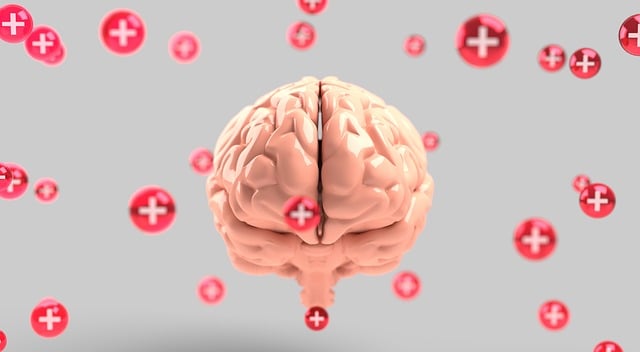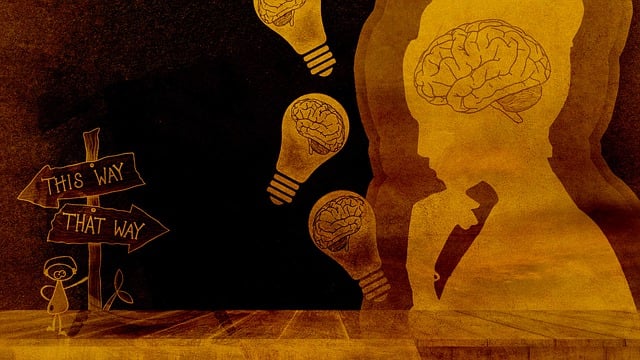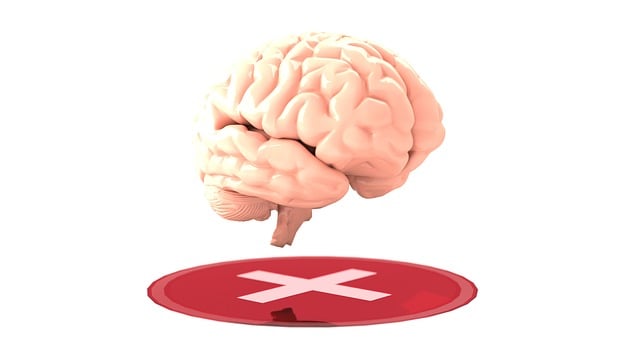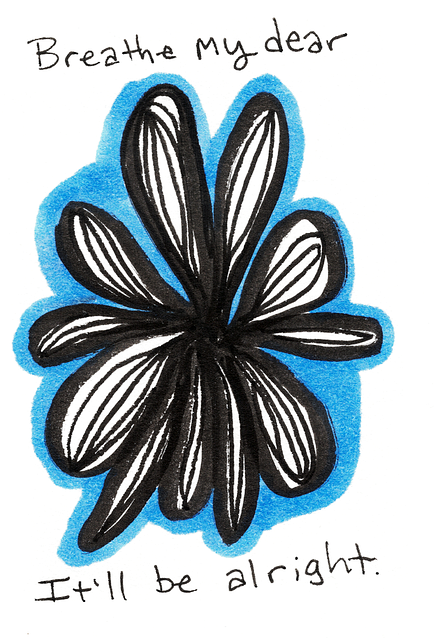Public awareness campaigns addressing adolescent sexual addiction must be sensitive, age-appropriate, and multi-faceted, utilizing social media, peer education, and cultural competency. Messaging should humanize the issue through personal narratives, scientific data, and expert insights, promoting understanding of recovery paths. Incorporating mental wellness coaching and risk assessment ensures comprehensive, long-term support. Campaign success requires measurable goals, tracking KPIs like awareness elevation and engagement metrics, to drive tool adoption and positive mental health outcomes for at-risk teens. (SEO Keywords: Therapy for Adolescent Teens Sexual Addiction)
In today’s digital era, raising public awareness about sexual addiction among adolescent teens is paramount. This article explores crucial aspects of developing effective public awareness campaigns tailored to this vulnerable demographic. We delve into understanding the unique needs and challenges faced by teens, crafting compelling messages that resonate, and implementing strategic approaches to ensure campaign success. By emphasizing the importance of early intervention and therapy for adolescent teens with sexual addiction, we aim to empower communities to make a lasting impact.
- Understanding the Target Audience: Adolescent Teens and Their Unique Needs
- Crafting Effective Messages: Strategies for Sexual Addiction Awareness
- Implementing and Evaluating Campaign Success: A Comprehensive Approach
Understanding the Target Audience: Adolescent Teens and Their Unique Needs

Understanding the target audience is a critical step in developing effective public awareness campaigns. When focusing on adolescent teens, it’s essential to recognize their unique psychological and social needs. This demographic faces distinct challenges, such as peer pressure, identity formation, and navigating the digital world, which can impact their mental health and well-being. Adolescent teens are also at a stage where they may struggle with issues like depression, anxiety, and, in some cases, sexual addiction.
In designing campaigns aimed at this audience, addressing these sensitive topics requires sensitivity and age-appropriate messaging. Incorporating strategies for resilience building and providing accessible resources for mental health support can be transformative. Moreover, leveraging social media platforms and peer-to-peer education can help break down stigma and encourage teens to seek assistance from healthcare providers who offer cultural competency training. This ensures that the campaign resonates with adolescents while also addressing potential barriers to seeking therapy, including sexual addiction among teens.
Crafting Effective Messages: Strategies for Sexual Addiction Awareness

Crafting compelling messages is paramount when developing public awareness campaigns, especially sensitive topics like sexual addiction. The goal is to reach a wide audience while ensuring information is accurate and empowering. For campaigns focused on adolescent teens and sexual addiction, a multi-faceted approach is ideal. This can include personal narratives that humanize the issue, scientific data highlighting prevalence and risks, and expert insights offering hope through therapy options, such as those tailored for young adults. Incorporating stories of recovery serves as a powerful motivator and promotes understanding of the various paths to healing.
Incorporating these strategies requires careful consideration of the target demographic. For teens, messages should be age-appropriate, using language that resonates with their peers while addressing the seriousness of sexual addiction. Mental wellness coaching programs development can offer valuable tools for self-esteem improvement, a key factor in recovery. A holistic approach, including risk assessment for mental health professionals, ensures that those seeking help receive the most effective support, emphasizing not just treating symptoms but also fostering long-term mental wellness.
Implementing and Evaluating Campaign Success: A Comprehensive Approach

Implementing and evaluating campaign success is a multifaceted process that goes beyond initial launch. To effectively address complex issues like therapy for adolescent teens sexual addiction, campaigns must integrate measurable goals and regular assessments. This involves tracking key performance indicators (KPIs) specific to each goal, from awareness elevation to engagement metrics. By analyzing data collected through surveys, website traffic, social media interactions, and other sources, campaign organizers gain valuable insights into the impact of their efforts.
For instance, a campaign promoting resilience building among at-risk teens might measure success by gauging increases in participation for mental wellness journaling exercises guidance. This comprehensive approach ensures that not only is awareness raised about sexual addiction issues in adolescence, but also that practical tools like Mental Wellness Journaling Exercise Guidance are embraced and utilized effectively, ultimately fostering positive mental health outcomes.
Public awareness campaigns play a pivotal role in addressing critical issues like sexual addiction among adolescent teens. By understanding their unique needs and crafting tailored messages, as highlighted in this article, we can develop impactful initiatives. Implementing these campaigns requires a comprehensive approach that includes evaluation strategies to ensure success. Ultimately, raising awareness and providing resources for therapy for adolescent teens with sexual addiction is essential to fostering healthier, more informed communities.












